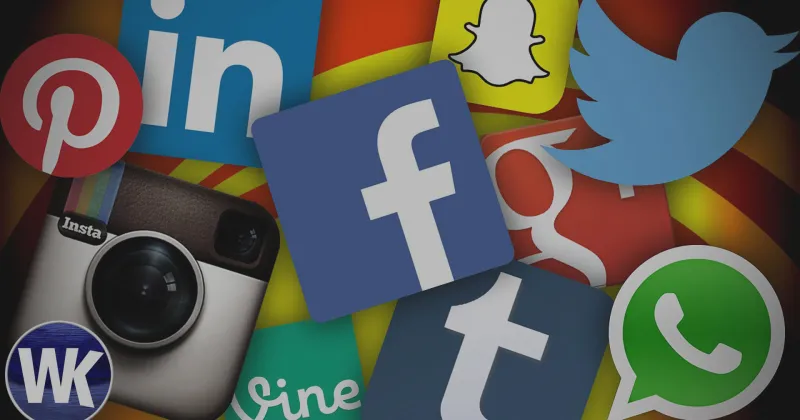
Understanding Influencer Marketing
Influencer marketing is a type of social media marketing that involves endorsements and product placements from influencers—people and organizations with a purported expert level of knowledge or social influence in their field. It’s a hybrid of old and new marketing tools, taking the idea of celebrity endorsement and placing it into a modern-day content-driven marketing campaign.
Forms of Influencer Marketing
Sponsored Content
Sponsored content involves influencers creating posts, stories, or videos that feature a brand’s product or service in exchange for compensation. An example of this could be an Instagram post showcasing a new fashion line.
Product Reviews
In this form, influencers provide honest reviews of products they have tried, which can be in the form of blog posts, YouTube videos, or social media updates. For instance, a YouTube video reviewing the latest tech gadget.
Giveaways and Contests
Influencers host giveaways or contests on their platforms to engage their audience and promote a brand. An example would be an Instagram contest where followers must like, comment, and tag friends to win a prize.
Brand Ambassadors
This involves long-term partnerships where influencers represent a brand over a period of time, regularly creating content and engaging with the brand. For example, a fitness influencer consistently wearing and promoting a specific sportswear brand.
Affiliate Marketing
In this form, influencers promote products using unique affiliate links, earning a commission on sales generated through their link. An example could be a beauty blogger sharing a link to a makeup product with a discount code.
Takeovers
Influencers take over a brand’s social media account for a day, creating and sharing content directly on the brand’s platform. For instance, a celebrity chef taking over a food brand’s Instagram account to share recipes and cooking tips.
Tactics in Influencer Marketing
Micro-Influencers vs. Macro-Influencers
Micro-influencers have smaller, but highly engaged followings (typically 10,000-100,000 followers). They are often considered more authentic and relatable. On the other hand, macro-influencers have larger followings (over 100,000 followers) and are often seen as celebrities within their niche.
Content Authenticity
Authentic content that reflects the influencer’s genuine opinion and lifestyle resonates better with audiences.
Audience Alignment
Brands should choose influencers whose audience aligns with their target market to ensure relevance and effectiveness.
Consistent Engagement
Regular interaction between influencers and their followers helps maintain engagement and trust.
Performance Tracking
Using metrics such as engagement rate, reach, and conversion rates to measure the success of influencer campaigns is essential for optimizing results.
Facts and Statistics
- Market Growth: The influencer marketing industry is projected to grow to approximately $21.1 billion in 2023, up from $13.8 billion in 2021 (Statista).
- ROI: Businesses make an average of $5.78 for every $1 spent on influencer marketing, with some achieving returns as high as $18 (Influencer Marketing Hub).
- Consumer Trust: 49% of consumers depend on influencer recommendations for their purchase decisions (Digital Marketing Institute).
- Content Reach: Influencer-generated content is seen as more authentic and generates more engagement compared to brand-generated content.
Influencers Examples
Huda Kattan (@hudabeauty)
Niche: Beauty
Price: Approximately $91,300 per sponsored Instagram post
URL: Huda Beauty
Zach King (@zachking)
Niche: Video Magic and Creative Content
Price: Approximately $70,000 per sponsored TikTok post
URL: Zach King
Chiara Ferragni (@chiaraferragni)
Niche: Fashion and Lifestyle
Price: Approximately $60,000 per sponsored Instagram post
URL: Chiara Ferragni
Addison Rae (@addisonre)
Niche: Dance and Lifestyle
Price: Approximately $65,000 per sponsored TikTok post
URL: Addison Rae
Logan Paul (@loganpaul)
Niche: Entertainment and Vlogs
Price: Approximately $100,000 per sponsored YouTube video
URL: Logan Paul
Influencer marketing has proven to be a valuable strategy for brands looking to enhance their reach, build credibility, and drive sales. By understanding the different forms and tactics, businesses can effectively leverage the power of influencers. From sponsored content and product reviews to giveaways and brand ambassadorships, there are numerous ways to incorporate influencers into marketing strategies. Additionally, selecting the right influencers and tracking performance are crucial for maximizing ROI.
With the industry continuing to grow, it’s evident that influencer marketing will remain a key component of digital marketing strategies. Brands that adapt and capitalize on this trend will be well-positioned to connect with their target audiences in meaningful and impactful ways.








